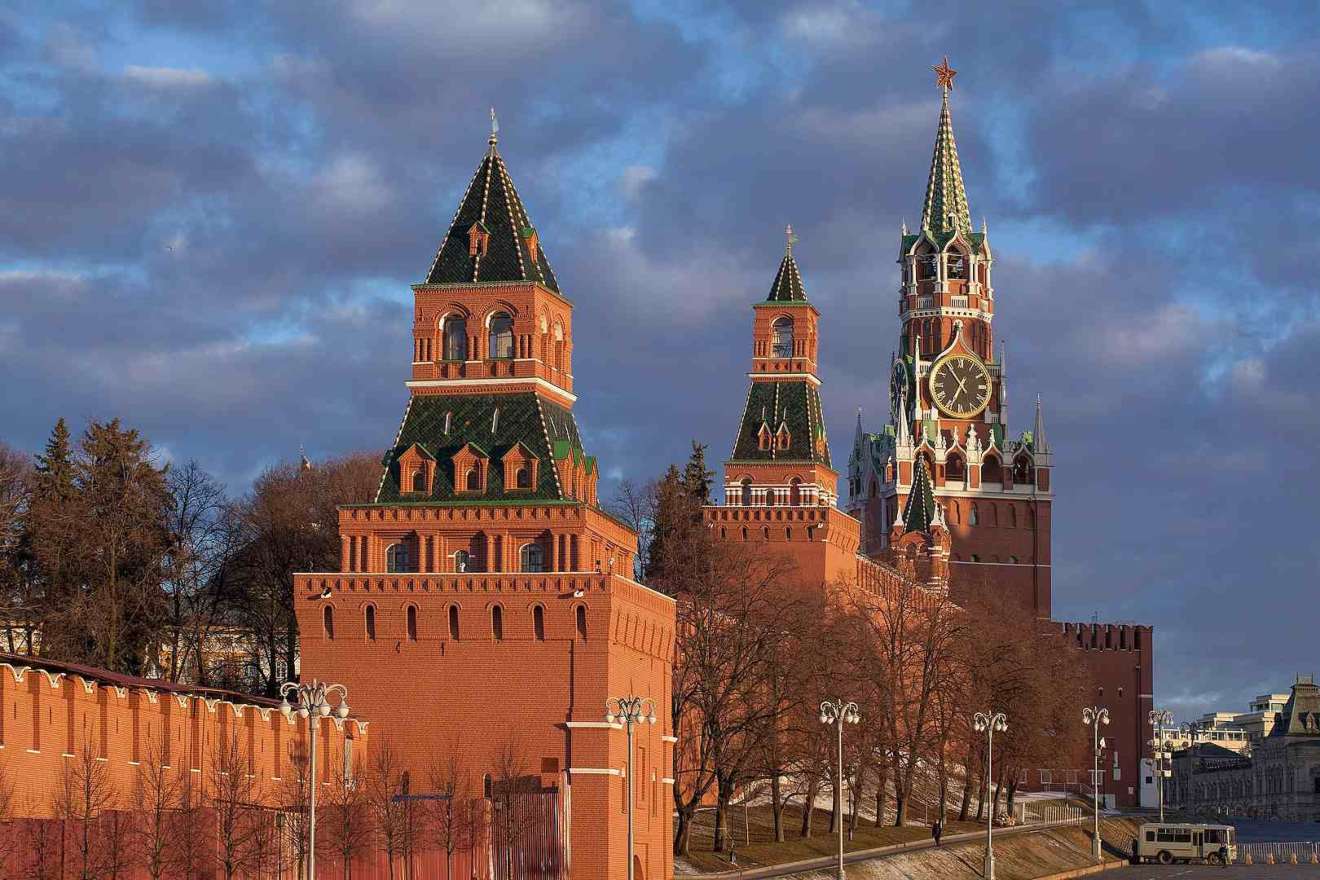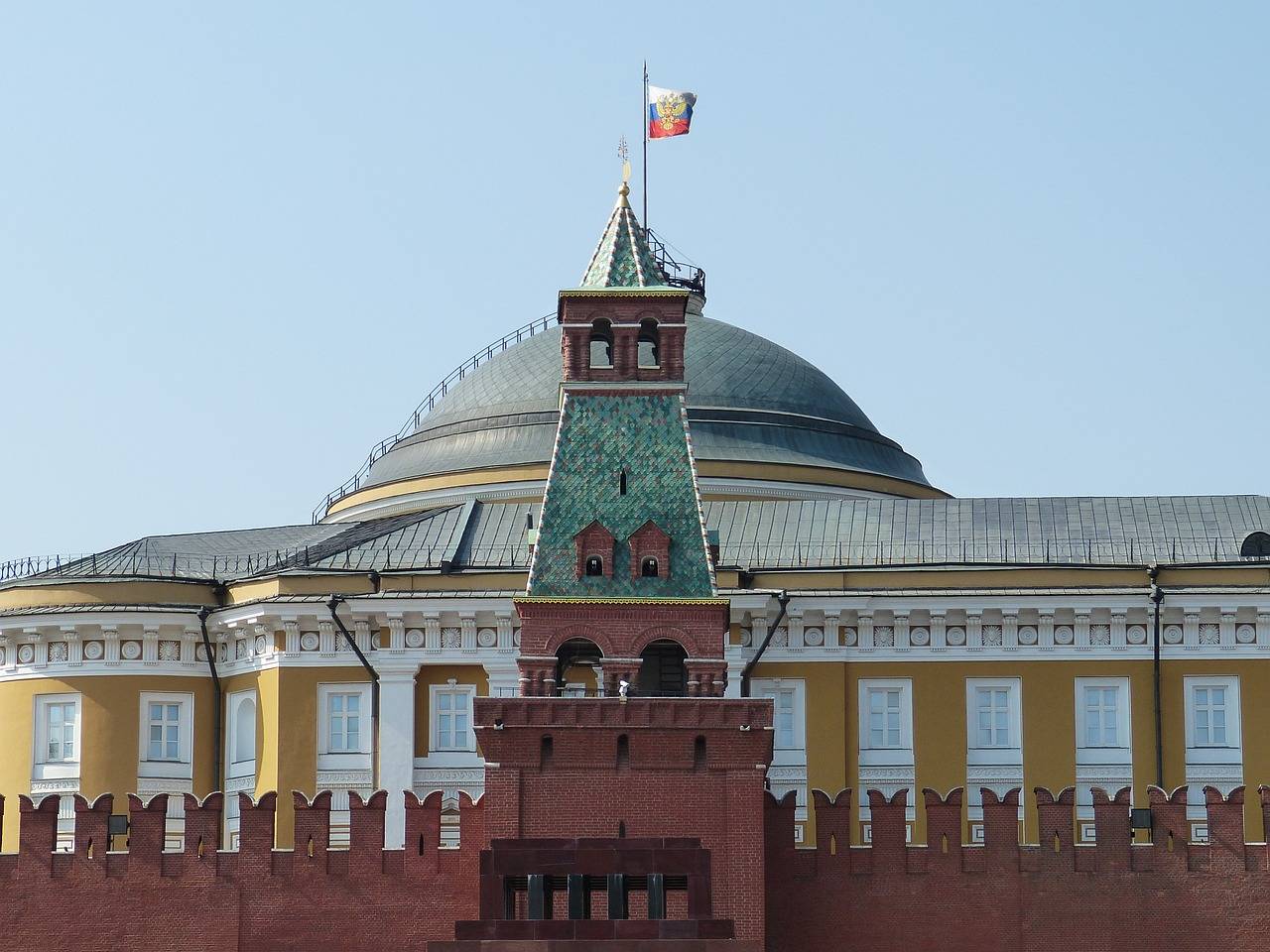Moscow Kremlin
Share this attraction
Back

Moscow Kremlin
Moscow
Moscow Kremlin - most important information
The Moscow Kremlin is the most famous of Russian kremlins (citadels) and it represents a major complex in the core of Moscow. This monument is formed of five palaces, four cathedrals, the Kremlin Wall and Kremlin towers, as well as Grand Kremlin Palace which was the head office of many Russian tsars. The complex now serves as the official residence of the President of the Russian Federation and as a museum. On that note, it has significant political influence and importance for Russia and Eastern Europe. To this day, it is viewed as one of the most memorable symbols of Moscow.
History of the Moscow Kremlin
In the beginning, a native tribe of Early Eastern Slavs formed construction and until the 14th century, this was known as a “grad of Moscow”. The Mongols demolished the “grad”, and the term Kremlin was first recorded in 1331. Later on, Dmitri Donskoi and Prince Ivan III's more importance laid the foundations of the modern Kremlin as we know it today. The highest building of the city and Muscovite Russia was the Ivan the Great Bell Tower, built-in 1505–08 and augmented to its present height in 1600. At this time, the influence of Italian architects was enormous.
Afterward, Kremlin was sidelined until Catherine the Great implemented the neoclassical design in constructing her new residence. All great Russian imperators were following her path and left their footprints on the design of this citadel. Moscow became the capital during the Soviet period, and communists formed their private rooms inside Kremlin. The Kremlin Museums were established in 1961, and the complex was among the first Soviet patrimonies inscribed on the World Heritage List in 1990. Finally, The State Kremlin Palace (alias Kremlin Palace of Congresses), was commissioned by Nikita Khrushchev as a modern arena for Communist Party meetings and was built within the Kremlin walls 1959–1961.
What to see in Moscow Kremlin?
Kremlin is open for all visitors and you can visit many significant monuments here, from which, almost everything is free:
- The Kremlin Palaces: these palaces, with their exquisite architecture and ornate exteriors, retain a sense of their glorious past. Most notable is the Grand Kremlin Palace.
- The Armoury Chamber: this is one of Moscow’s oldest museums and it contains weapons and jewelry from all periods. You can find out more information on this number: +7 495 697-46-11
- The Assumption Cathedral: also known as Cathedral of the Dormition was unveiled in 1479 and is the site on which all Russia’s tsars were crowned. Cathedral’s towers provide a quintessentially Russian view to take your breath away. Find out more on +7 495 695-37-76
- The Diamond Fund: the former tsarist collection of rare jewels and invaluable gemstones, formed initially from Peter the Great’s private hoard. Find out more on +7 495 629-20-36
- The Cathedral of the Annunciation and the Cathedral of the Archangel: here you can see numerous Russian icons and tombs of the most famous Russian rulers. Check this out on +7 495 695-37-76
- The Ivan the Great Bell Tower: this is positioned in the exact center of Moscow, and when this bell fractured, the story tells that its craftsman died of grief.
- Alexander Garden: this sighed is here to remind us of the great war tragedies and Nazi destruction and in a very touching way to forbid any other anti-human desires.
Opening hours and tickets for the Museum
- In the summer period (from May 15 to September 30) the Moscow Kremlin Museums work from 10.00 to 18.00, in the winter period – from 10.00 to 17.00, the day off – Thursday. You can find information about changes in the working hours on the main page of our website.
- Tickets are purchased at the museum’s ticket office on the day of the visit. If you want to buy tickets in advance, you can use the online service. However, it should be noted that ‘free of charge’ tickets cannot be purchased online.
- A full ticket to the Armoury costs 1000 rubles. A full ticket to the architectural ensemble of Cathedral Square – 700 rubles. Children under the age of 16 visit the Kremlin Museums with a free-of-charge ticket. Click here for detailed information.
- The sale opens 17 calendar days before the date of your visit. For example, on the first day of the month, the sale opens on the 18th, etc.
How to get to the Moscow Kremlin?
Moscow Kremlin is situated in the center of Moscow and it is very close to all of the important monuments, as well as the Red Square, so it isn’t difficult to find.
- Easiest way is via metro and the nearest Moscow Metro stations to the Kremlin are: Okhotny Ryad and Biblioteka Imeni Lenina (Sokolnicheskaya Line), Teatralnaya (Zamoskvoretskaya Line), Ploshchad Revolyutsii (Arbatsko-Pokrovskaya Line), Arbatskaya (Arbatsko-Pokrovskaya Line), Alexandrovsky Sad (Filyovskaya Line), and Borovitskaya (Serpukhovsko-Timiryazevskaya Line).
Trivia of Moscow Kremlin:
- Moscow Kremlin is a symbol of Russian strength and power. For many years it was captured by foreign enemies. During the Time of Troubles, the Kremlin was held by the Polish forces for two years, between 21 September 1610 and 26 October 1612. Later on, French forces occupied the Kremlin from 2 September to 11 October 1812, following the French invasion of Russia. When Napoleon retreated from Moscow, he ordered the whole Kremlin to be blown up. On the other hand, Kremlin survived WWII almost intact. This shows that the war over Kremlin is a big part of Russian history.
- The Kremlin stars used to be eagles, and these stars always shine.
- The Kremlin is the largest fortress in Europe.
- The President of Russia commutes to and from the Kremlin by helicopter. A helipad was completed in 2013 to stop the disruption of traffic caused by a procession.
- The Kremlin is home to the world’s largest bell, the Tsar Bell, which has never rung as it was unfortunately broken in construction. It’s also home to the largest cannon
- The name "Kremlin" means "fortress inside a city", and is often also used metonymically to refer to the government of the Russian Federation. The term "Kremlinology" refers to the study of Soviet and Russian politics.
Location
Learn more about this destination
Discover the beauty of the destination through blogs that highlight the most famous landmarks, hidden gems, and provide travel tips for visiting this destination. Embark on an adventure through the stories of experienced travelers.


















